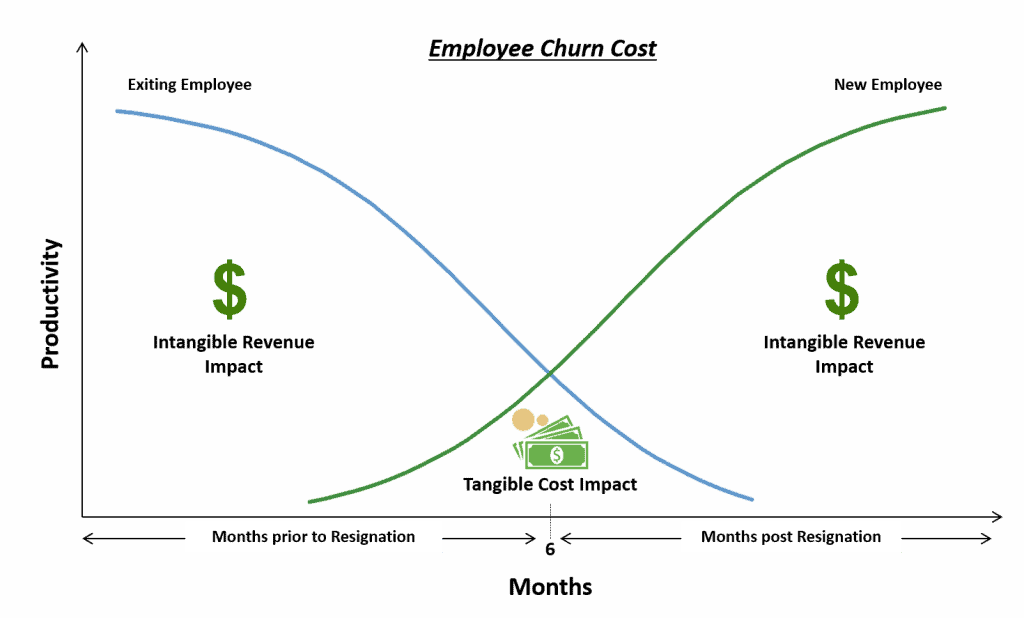A couple of months back we were at an entrepreneurship event in Delhi. During the networking session, we spoke to several entrepreneurs and asked them one simple question, what according to them was an imperative factor to judge an organization’s success? The most common answer we got from entrepreneurs was revenue and profits. So, an organization is termed successful if it has the ability to earn high revenue and churn high profits. But the next thing that came to our mind was, what leads to high revenue and profits? We asked a couple of entrepreneur’s and one of them who has a degree from an Ivy League business school in India said, “One of the first things they teach you in business school is that the revenue of your organization will jump when the customers using your products or services increase and if you are able to keep your customer acquisition cost in check or in simple terms curb your costs your profits will also soar”.
In theory, this makes perfect sense, but, what if we tell you that that the actual reason for high revenue and profit in any organization is beyond the theoretical concept taught in business school
Sounds intriguing, right? But, we know many entrepreneurs would say what on earth are you talking about? It’s a simple equation to calculate revenue & profits and how can there be something beyond this?

Let’s take a couple of steps back to understand factors that the age-old equations have not taken into consideration to calculate revenues and profits. In fact, let’s break this down. We know that higher revenues are a result of higher sales, which stem from your customers, which in many ways are the deciding factor for organizations. In fact, customers are central to the equation to calculate revenue, and their loyalty even more pivotal. If your customers are happy they will keep coming back for more, your sales will rise and so will your revenue (*if you have got your pricing model right). These happy customers will in turn be your biggest promoters driving more business for you. According to HBR’s article ‘Putting the service-profit chain to work’, organizations’ most loyal customers are the top 20% of their customer base that not only provide all the profits but also cover losses incurred in dealing with less loyal customers. Such is the impact of customers and their loyalty on the equation to calculate revenue.
“Merely satisfying customers will not be enough to earn their loyalty. Instead, they must experience exceptional service worthy of their repeat business and referral”
– Rick Tate, Author of Leadership and Customer Revolution
We all know that customer loyalty is directly proportional to customer service. But, if you stop paying heed to your customer’s request, chances are that your business will never be the same again. Although we know this fact and try keeping our customers happy through our service, we miss out on one basic factor that creates superior customer service? Honestly, the factor is so commonsensical that many times we don’t realize it
Superior Customer service is an outcome of engaged and happy employees
Engaged and happy employees are the driving force of any organization. In fact, they are core to the revenue and profit equation, so much so, that you remove them from the equation and the equation falters
“ You can’t deliver good service from unhappy employees”
– Tony Heish, CEO and Founder of Zappos
So far we looked at only the age-old revenue equation and factors that actually affect and go unnoticed. But happy and engaged employees have quite a drastic impact on profits. Wondering how?
Let’s see the simple equation of profit. It has two factors, revenue, and costs. To generate profits your revenue needs to go up and your costs need to go down. Although costs for an organization depend on several factors, there is one cost, which many times remains unchecked and is soaring. This is the cost associated with employee churn.
“You can’t afford to loose many people. It’s not cheap, and that’s where a lot of your profits goes”
– Jerry McMorrough, VP Human Resources at a leading medical center in USA

Employee churn hits organizations hard and many times organizations don’t realize the impact it has on the overall scheme of things. In any organization, an employee’s decision to leave has approximately a 9- 12 months financial impact. The decision to leave starts approximately 6 months prior to the actual resignation. During this period the employee’s productivity drops at a drastic rate and the organization has an intangible but heavy revenue implication. Once the employee has resigned and is serving the notice period, the productivity level is the lowest and companies have a tangible cost implication. Even if you do find a suitable replacement, it takes approximately 6 months for any employee to settle in the new scheme of things and achieve productivity levels that have a positive financial impact.
In the current startup ecosystem in India, companies can’t really afford to bear the employee churn cost. However, a large chunk of money is going in to manage this churn cost. Instead, companies in India need to focus and invest in keeping employees happy & engaged, which will lead to high employee retention and employee loyalty. Needless to say that this will reduce employee churn cost leading to higher profits.
So after all, the equation to calculate revenue and profits taught in business schools doesn’t do justice to the most important factor, which is engaged and happy employees. Focus on this one aspect and you will see the revenues and profits jump. And the only full-proof way of achieving engaged and happy employees is to create and sustain a good Workplace Experience.

